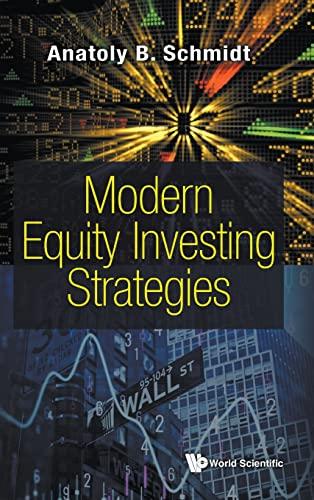Answered step by step
Verified Expert Solution
Question
1 Approved Answer
Phuket Hotel After reading the Phuket Hotel Case study you are required to answer to the following questions: 1. Please assess the economic benefits associated





Phuket Hotel After reading the "Phuket Hotel" Case study you are required to answer to the following questions: 1. Please assess the economic benefits associated with each of the capital projects. What is the initial outlay? What are the incremental cashflows over the life of the project? 2. Rank the projects using various measures of investment attractiveness. Assume a discount rate of 10.75%. Do all the measures rank the projects identically? Why or why not? Which criterion is the best? 3. Are the projects comparable based on the standard NPV measure, given that they have unequal lives? What adjustment or alternative method is required in comparing such projects? 4. How sensitive is your ranking to changes in the discount rate? What other "key value drivers" would affect the attractiveness of the projects? Please estimate the sensitivity of your result to a change in any of the key value drivers. 5. Which project should the hotel undertake? have enough cash on hand to finance the projects. I don't think we should take into account the cost of debt when estimating the discount rate. Let me know if you have any questions, Regards, Kornkrit Manming Wanida pondered the details of the projects. She thought there was something wrong with the hotel's capital budgeting system, which had not been reviewed for many years. The existing system ranked projects according to their average return on investment and payback period It seemed to her that something was omitted in the analysis. Wanida was also aware that certain aspects of the investment decision were difficult to quantify, The Chief Security Officer had expressed his concerns and displeasure over the security problems that a karaoke pub might bring. He was worried that the pub might attract unwelcome guests from outside. This might be a negative factor for the pub in terms of attracting tourists travelling with children. Wanida thought they accounted for 25% of the total patronage (see Table A for the projection on net room revenue for the next six years). Table A Projection of Net Room Revenue (in Baht) (=Room Sales - Room Operating Expenses) Year Net room revenue 1 13,200,000 13,464,000 14,137,000 14,844,000 15,140,000 15,443,000 The following are the questions that Wanida considered: 1. What are the relevant cashflows associated with each project? 2. What criteria should be used to evaluate the projects? 3. How can I compare projects with different lives? 4. What discount rate should be used? Wanida thought the discount rate of 5% was too low. Investing in the two projects was certainly more risky than putting the money in the bank. 5. What are the key value drivers and how do they affect the attractiveness of the projects? 6. Which investment project should be recommended to the board of directors? When Wanida got home, she had a talk with her husband about the proposed projects. Her husband, a social worker, reminded her of the increasing number of drug arrests in karaoke pubs. He suggested that as a good member of the community, the hotel should not be involved in this type of project. With a seating capacity of 32 the nub had to of the pub would be from 5:00p.m to midnight tables at least twice a day. Operating hours The projected length of the proiect was six years. Sales were expected to grow at 5% per annum in terms of the average check Growth in covers would be limited due to limited capacity Kornkrit's estimates for operating costs were as follows: Food and beverage costs Salaries Other operating expenses Depreciation equipment & furniture 25% of sales 16% of sales 22% of sales Depreciated equally over the life of the project using the straight-line method; with zero salvage value at the end Equalled depreciation Annual capital expenditure Komerit estimated that salary expenses would account for 16% of sales. Staff could be recruited internally because the hotel had excess manpower at this point. The excess staff had long-term contracts with the hotel and were kept in order to meet the demands of the growing business. Repairs and maintenance costs were estimated to be the same as for Planet Karaoke Pub. Capital Structure Phuket Beach Hotel has a capital structure consisting of 75% equity and 25% debt. The debt consisted entirely of loans from Siam Commercial Bank bearing an interest rate of 10%. The hotel owners' cost of equity was 12%. The corporate tax rate in Phuket was 30%. The Test Kornkrit was quite happy with his estimates, though it had taken him more time than he had originally thought. Now, he had all the figures he needed. The next step was to rank the projects according to the criteria set by the hotel's capital budgeting system. He saved his file and sent it to his new assistant Wanida, a recent graduate from Thammasat University. "Here you go, Wanida. This will test what you learnt at business school!," he thought. The following is an excerpt from an email from Kornkrit: To: Wanida Daoruang wanida@beach-hotel.phuket From: Komkrit Manming
Step by Step Solution
There are 3 Steps involved in it
Step: 1

Get Instant Access to Expert-Tailored Solutions
See step-by-step solutions with expert insights and AI powered tools for academic success
Step: 2

Step: 3

Ace Your Homework with AI
Get the answers you need in no time with our AI-driven, step-by-step assistance
Get Started


